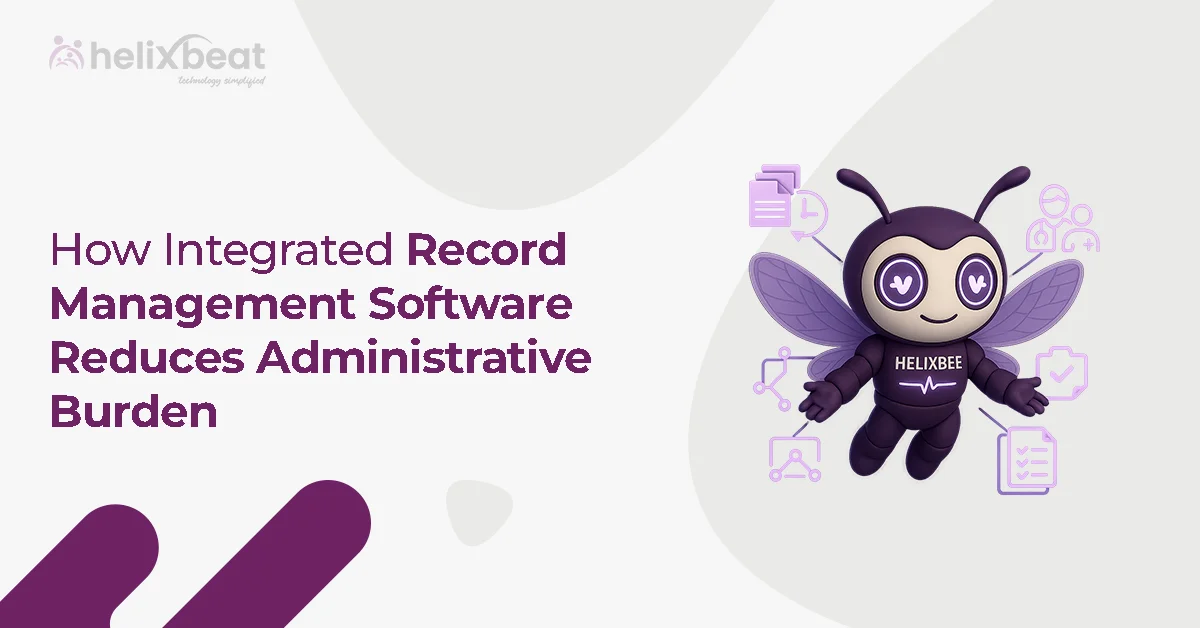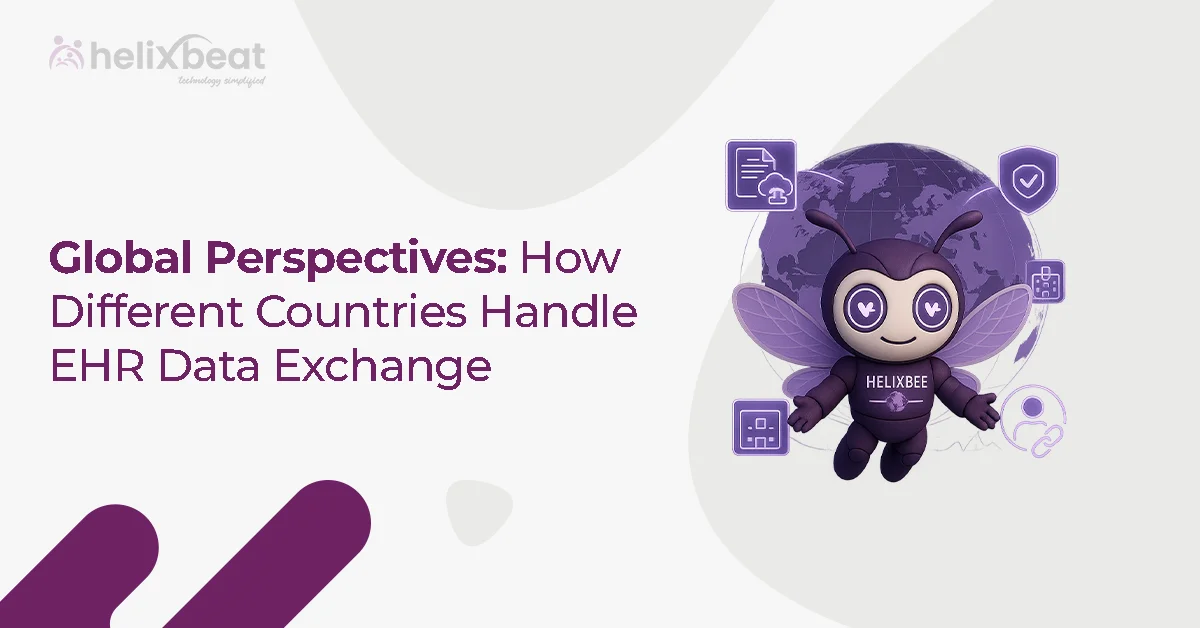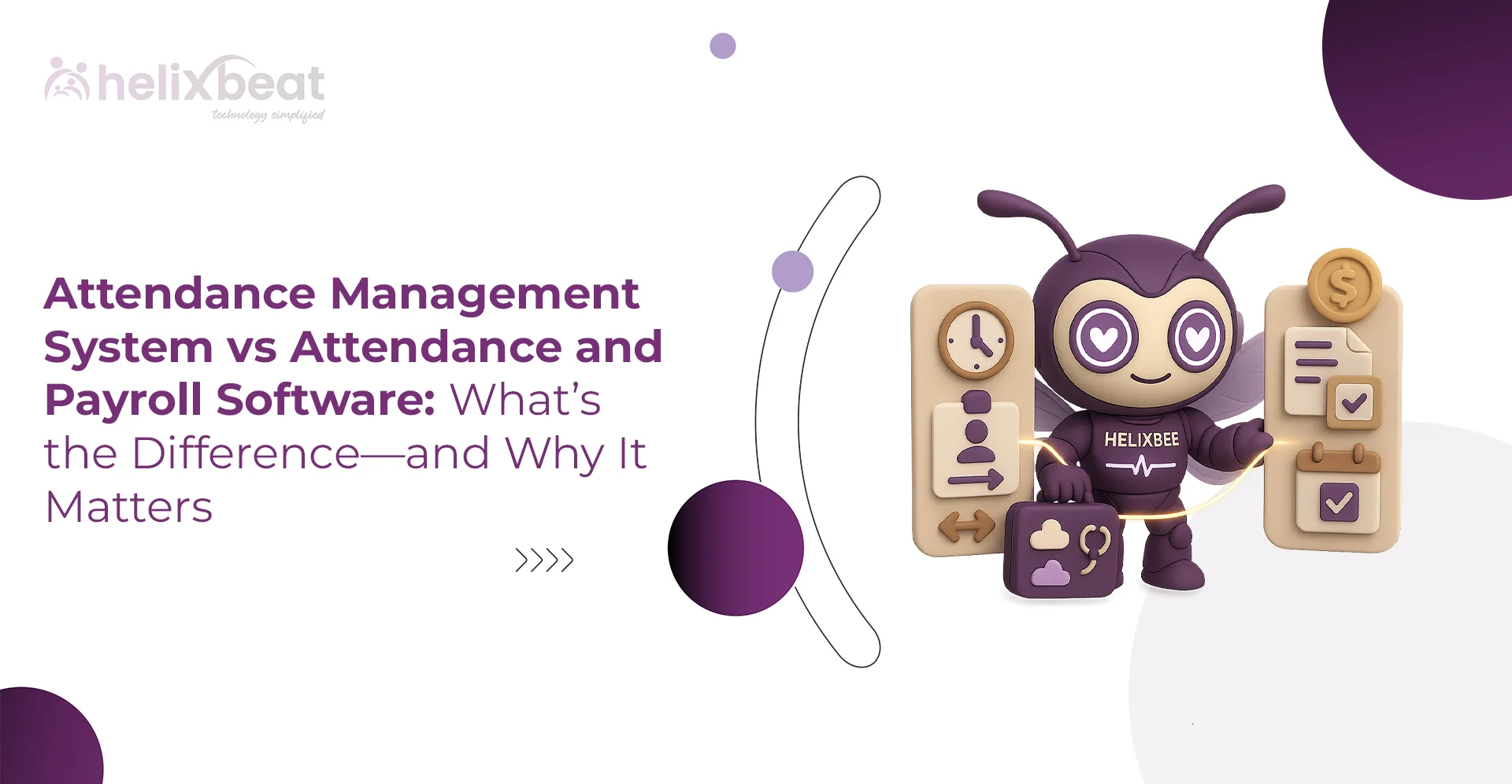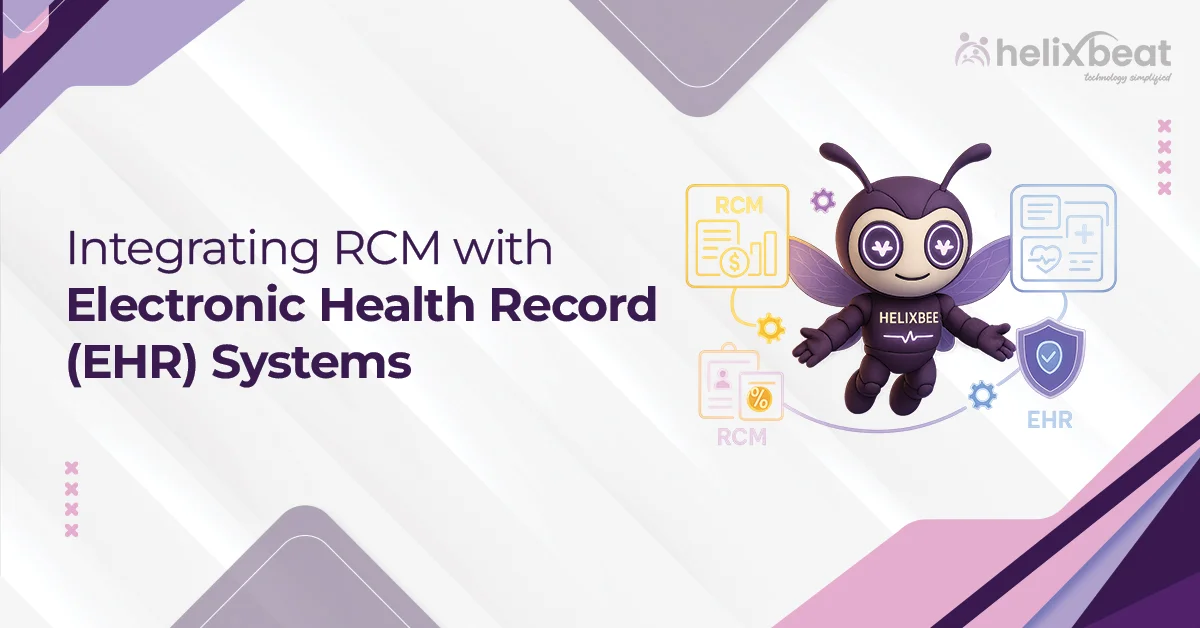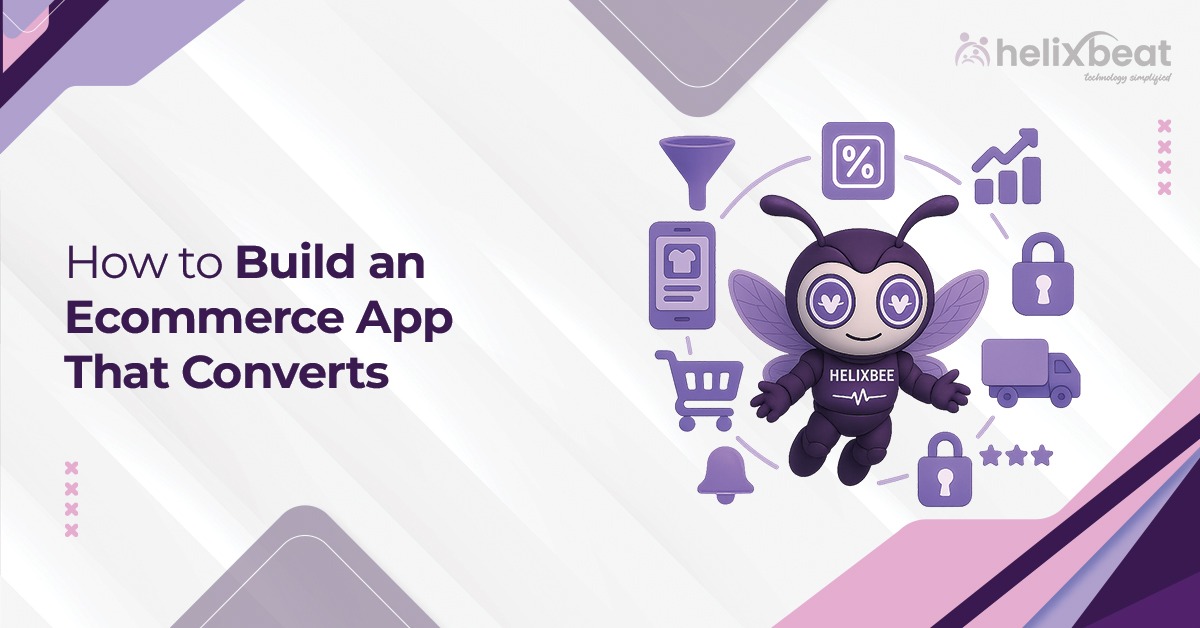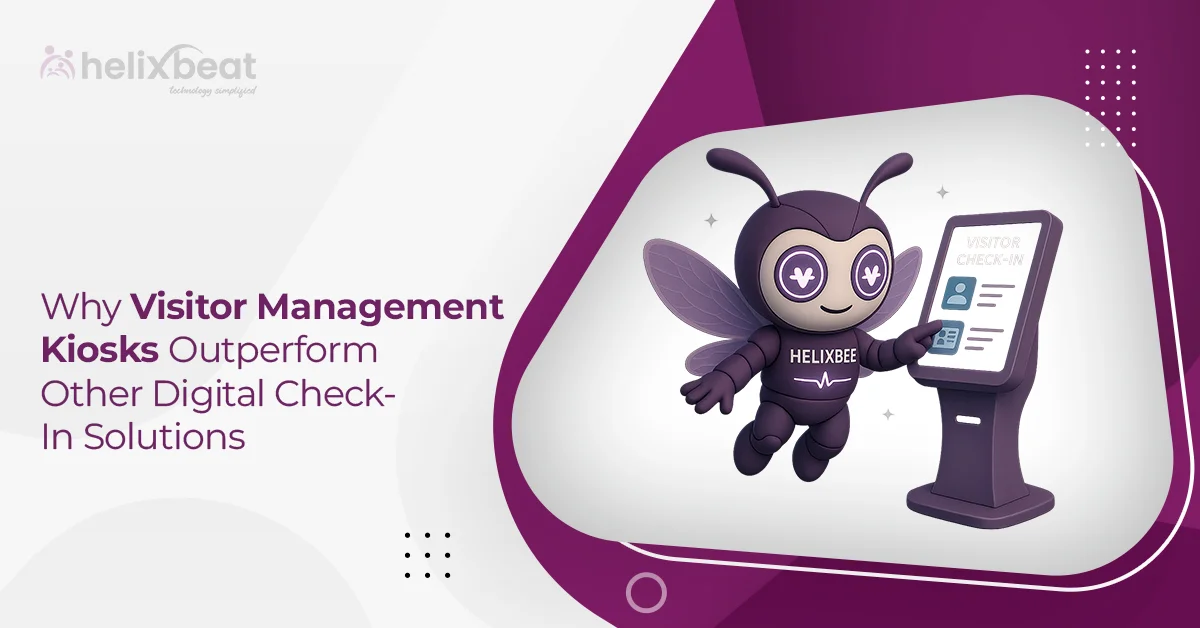In healthcare, the need for seamless data exchange and interoperability is more important than ever. As healthcare providers look for ways to make integration smoother, reduce operational challenges, and enhance patient care, FHIR serves as a key enabler. It allows healthcare organizations to share and access data more efficiently.
In this blog, we’ll take a closer look at how a FHIR server can simplify integration, ease operational burdens, and ultimately improve the quality of healthcare.

Table of Contents
What Is a FHIR Server?
Before diving into the benefits, it’s important to understand what a FHIR server is. In essence, a FHIR server is a system that follows the FHIR standard, developed by Health Level 7 (HL7). FHIR provides a set of guidelines for exchanging healthcare information electronically. The primary purpose of a FHIR server is to facilitate the exchange of data between different healthcare systems, such as Electronic Health Records (EHR), Patient Management Systems, and other clinical or administrative tools. It supports a wide range of data types, including patient demographics, medications, lab results, and more.
FHIR servers are designed to work seamlessly with cloud environments, making them highly scalable and flexible for healthcare providers, regardless of their size or complexity.
The Role of FHIR Servers in Healthcare Integration
1. Simplified Data Exchange
One of the key benefits of using a FHIR server is its ability to streamline data exchange across disparate healthcare systems. Traditional integration methods, which involve complex and rigid protocols, slow down data sharing and increase the chances of errors. On the other hand, FHIR servers use RESTful APIs and standardized data formats, which simplify and accelerate data exchange.
For example, a hospital may have multiple departments using different systems to manage patient data. Without a FHIR server, integrating these systems would be a time-consuming and error-prone process. However, with a FHIR server, all the systems can communicate with each other via a common interface, making the data exchange more efficient and accurate.
2. Standardization Across Systems
One of the biggest challenges in healthcare data management is the lack of standardization. Different systems and platforms use various formats, making it difficult for healthcare providers to get a unified view of a patient’s health information. FHIR servers address this issue by promoting the use of standardized data formats, so different applications can understand and utilize the data easily.
For example, instead of manually converting records from one system to another, a FHIR server facilitates automatic translation between different data formats, which reduces the chances of errors and improves overall data consistency. This standardization ultimately leads to better coordination among healthcare providers.
How FHIR Servers Reduce Operational Burden
1. Automation of Data Processes
Healthcare systems can become overwhelmed by the sheer volume of data they must manage, especially when they rely on manual processes for data entry and integration. FHIR servers can help alleviate this burden by automating many of these tasks. Its structured data exchange can minimize manual interventions such as data re-entry, error correction, and complex system integrations.
For example, when a new patient is admitted to a hospital, the FHIR server can automatically pull in their data from external sources, such as insurance companies or other healthcare providers. This reduces the need for administrative staff to enter or verify information manually.
2. Reduced IT Maintenance Effort
Another significant advantage of a FHIR server is the reduction in IT maintenance effort. Traditional integration systems often require significant investments in infrastructure, updates, and troubleshooting. With FHIR, healthcare organizations can streamline their IT maintenance processes. FHIR servers typically integrate easily with cloud-based platforms, which reduces the need for on-premise infrastructure.
Additionally, since FHIR servers use APIs, they can integrate with various third-party systems without extensive custom development. This reduces the workload for IT teams, who can now focus on other strategic tasks such as improving patient care or deploying new technologies.
3. Scalability and Flexibility
As healthcare organizations grow, their data management needs evolve. FHIR servers are highly scalable, making it easier for organizations to adapt to changing demands. Whether it’s adding new patient data sources, incorporating new types of data (such as genomics), or expanding to new locations, FHIR servers offer the flexibility to grow with the organization.
The scalability of a FHIR server is particularly beneficial for large healthcare networks that need to integrate data from multiple hospitals, clinics, and specialized treatment centers. A FHIR server can accommodate the increasing complexity and volume of data without requiring a complete overhaul of the existing system.
Features and Benefits of a FHIR server
| Feature | Description | Benefit |
| Data Standardization | FHIR servers use standardized data formats for seamless data exchange. | Ensures consistent data formats across different systems, improving interoperability. |
| Integration with Existing Systems | FHIR servers allow easy integration with various healthcare applications via RESTful APIs. | Reduces complexity and time required for system integration, enhancing workflow efficiency. |
| Automation of Data Processes | FHIR servers can automate data entry, retrieval, and synchronization across systems. | Minimizes manual tasks, reducing human error and saving time for administrative staff. |
| Cloud-Based Flexibility | FHIR servers are designed to work seamlessly in cloud environments. | Provides scalability and flexibility, allowing easy expansion as data volume and complexity increase. |
| Improved Data Accuracy | By using standardized APIs and automated processes, data accuracy is greatly improved. | Reduces errors in patient data, enhancing trust and reliability in medical records. |
| Enhanced Decision-Making | FHIR servers provide easy access to comprehensive patient data, enabling clinicians to make informed decisions. | Improves the quality of patient care and speeds up decision-making. |
| Scalability | FHIR servers are highly scalable, making them suitable for healthcare organizations of all sizes. | Allows healthcare organizations to grow and expand without needing a complete system overhaul. |
| Cost Efficiency | By reducing manual work, IT maintenance, and the need for complex system integrations, FHIR servers help lower operational costs. | Leads to cost savings for healthcare organizations by automating tasks and reducing IT infrastructure. |
| Real-Time Data Exchange | FHIR servers enable real-time data sharing between healthcare providers, ensuring that all parties have the latest patient information. | Reduces treatment delays and improves patient outcomes by providing timely, accurate data. |
| Better Coordination Among Providers | FHIR servers facilitate seamless communication and data sharing between multiple healthcare systems. | Enhances coordination across departments and between healthcare providers, improving patient care. |
FUSION: Your Ultimate FHIR Server by Helixbeat
FUSION is a FHIR server designed to make data exchange easier, faster, and more accurate.
FUSION stores patient data in FHIR format, which is the global standard for healthcare data. This enables different apps, hospitals, and systems to communicate with each other and share critical health information in real-time.
What sets FUSION apart is that it also stores medical coding systems like SNOMED CT, LOINC, and ICD. This keeps all data consistent, accurate, and ready for clinical use, reporting, and analytics.
Key features of FUSION include
- FHIR-native architecture
- Plug-and-play APIs for rapid deployment
- Real-time data sharing across multiple endpoints
- Strong security controls that meet compliance standards
- Support for both structured and unstructured data
Whether a hospital wants to exchange records with external labs or enable app-based clinical tools, FUSION acts as the smart bridge—without needing to replace existing infrastructure.
Final Thoughts
As the healthcare industry continues to embrace digital transformation, adopting a FHIR server will be a strategic move towards a more integrated, efficient, and patient-centered healthcare system. Whether you’re a healthcare provider, IT decision-maker, or software developer, adopting a FHIR server is a step forward in transforming healthcare into a more connected and efficient system.
Looking to streamline your healthcare integration and reduce operational burdens? FUSION by Helixbeat is the ideal solution. Our platform offers seamless FHIR-based integration to optimize your data exchange and enhance patient care. Reach out to us today to learn how FUSION can transform your healthcare system and accelerate your digital journey!
FAQs
- What is a FHIR server?
A FHIR server is a system that uses the FHIR standard to facilitate the exchange of healthcare data between different systems, such as Electronic Health Records (EHR) and patient management tools.
- How does a FHIR server streamline data exchange?
A FHIR server simplifies data exchange by utilizing standardized data formats and APIs, allowing different healthcare systems to communicate efficiently and share information in real time.
- What types of healthcare data can a FHIR server handle?
FHIR servers can manage a wide range of healthcare data, including patient demographics, medical histories, lab results, medications, and appointment details.
- How does a FHIR server reduce operational burdens for healthcare organizations?
By automating many data-related processes and integrating various systems, a FHIR server reduces manual tasks, cuts down on data errors, and decreases the need for extensive IT maintenance.
- Can a FHIR server integrate with existing healthcare systems?
Yes, FUSION works seamlessly with existing healthcare systems, using APIs to connect different applications and facilitate smooth data sharing.





